Jelly fungi have a gelatinous or rubbery texture and are so-called because of their jelly-like appearance. They come in assorted shapes, from brain-like to ear-shaped, and are found on dead wood. When dry they shrivel and turn hard, but they rehydrate and return to their original form when wet.
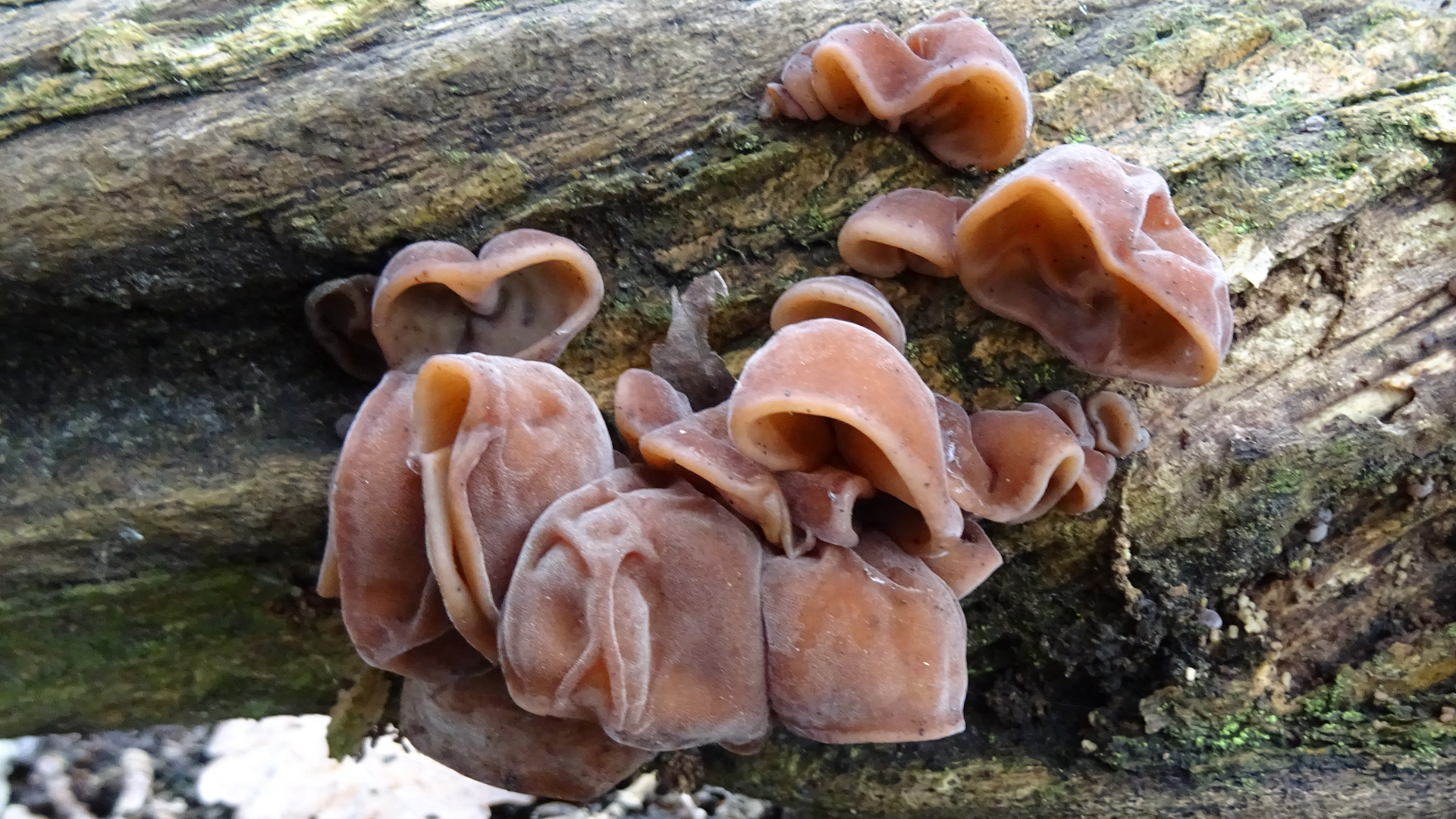
Name: Jelly Ear Auricularia aricula-judae
Description: Initially very soft with a velvet-like texture, becoming smoother with age.
Habitat: Grows on deciduous tree trunks and branches all year round, especially Elder during autumn and winter.
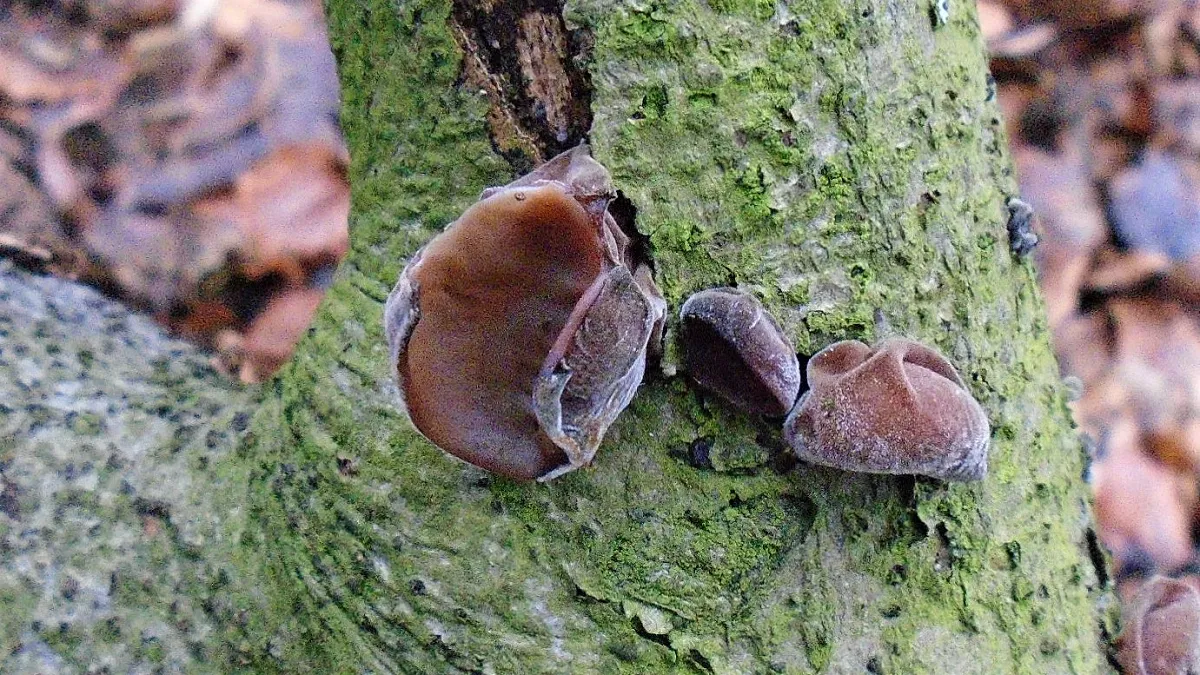
Name:
Jelly Ear
Auricularia aricula-judae

Name:
Jelly Ear
Auricularia aricula-judae
#
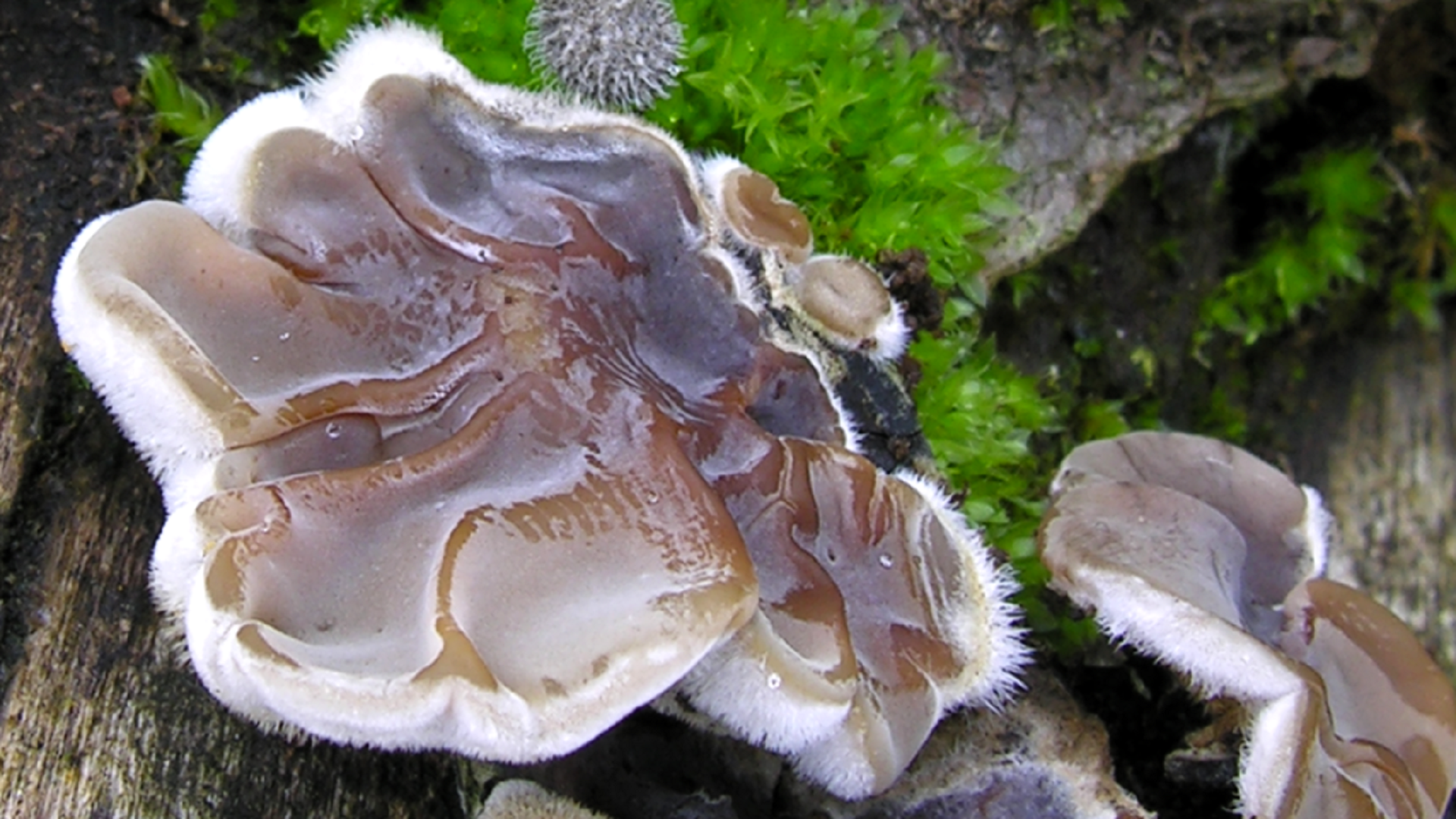
Name: Tripe Fungus Auricularia mesenterica
Description: A common sight before Dutch elm disease, but now less common due to the disappearance of many elm trees.
Habitat: Mainly seen on dead elm wood during summer and autumn. It has a preference for damp shaded locations.
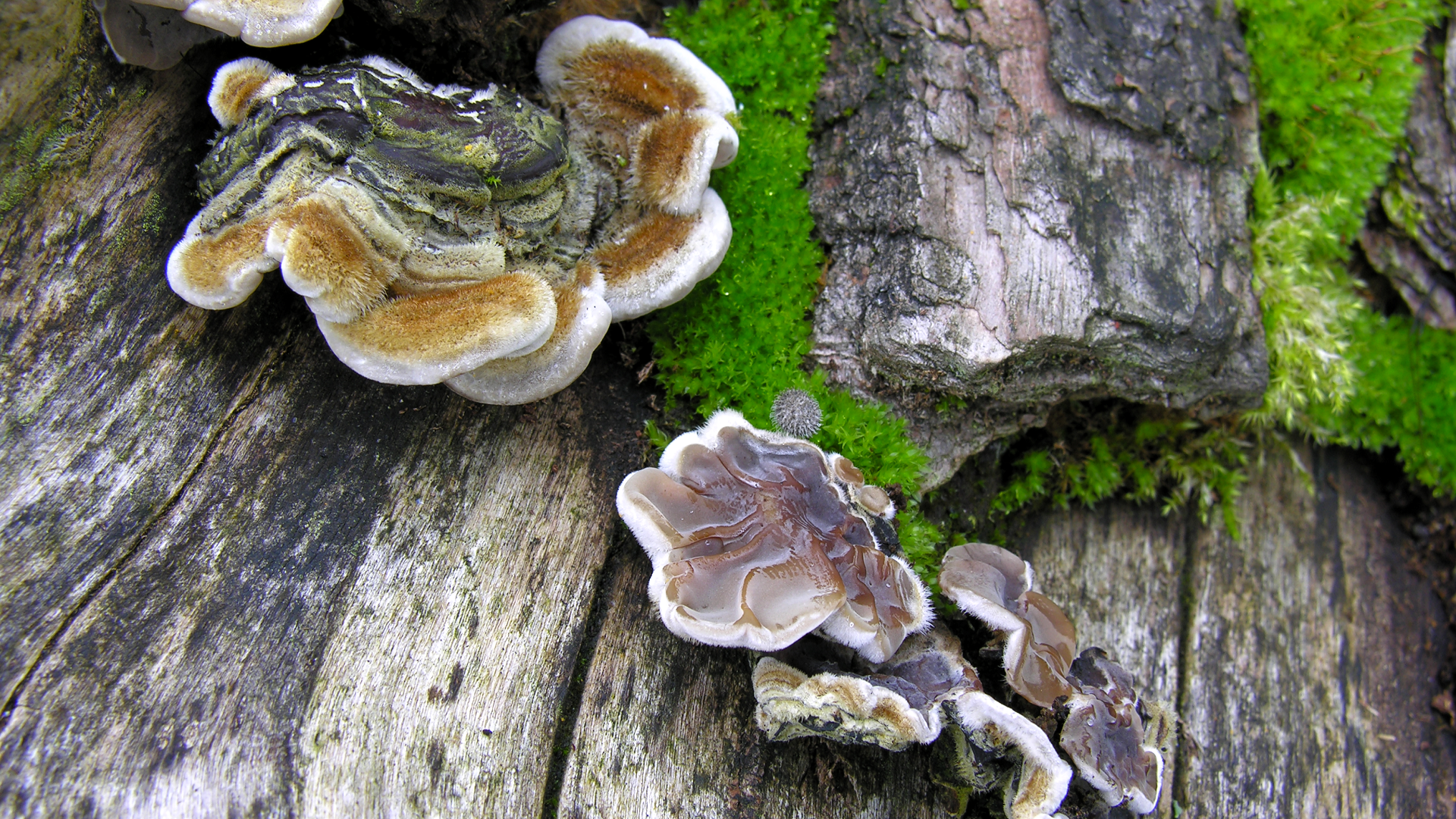
Name:
Tripe Fungus Auricularia mesenterica
#
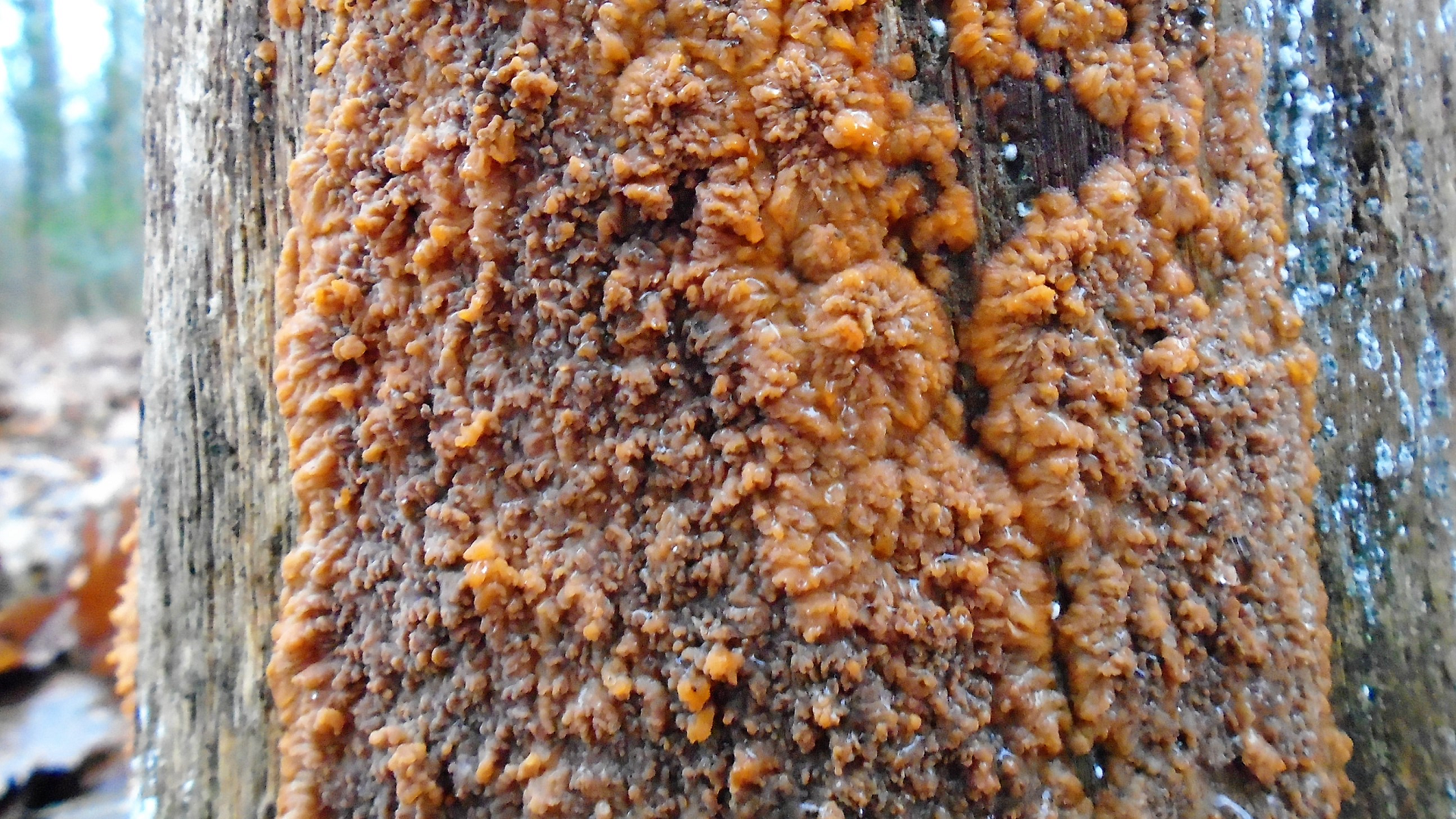
Name: Common Jellyspot Dacrymyces stilatus
Description: The fruiting bodies are normally orange and 2-5mm across. They dry out with maturity becoming darker and marginally tougher.
Habitat: Found on damp and decaying wood.
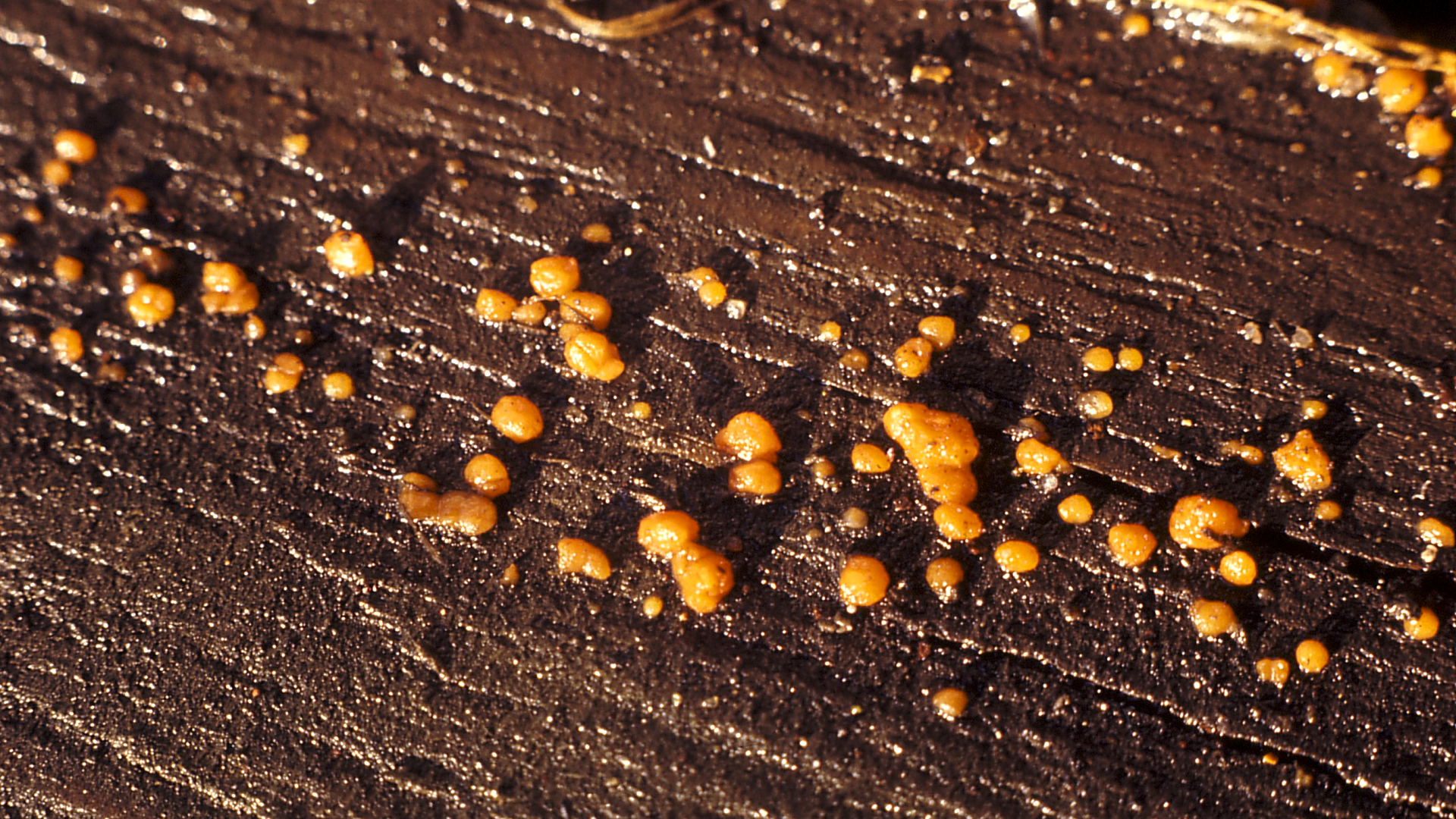
Name:
Common Jellyspot
Dacrymyces stilatus
#
© hainaultforest.net. All rights reserved.

